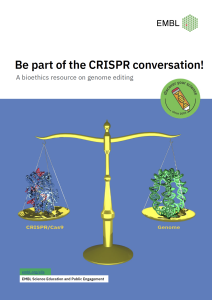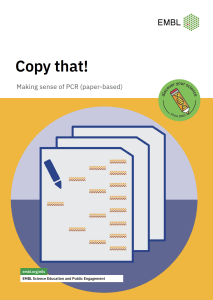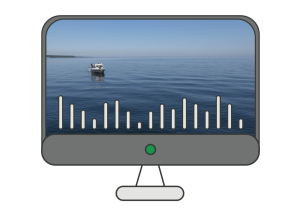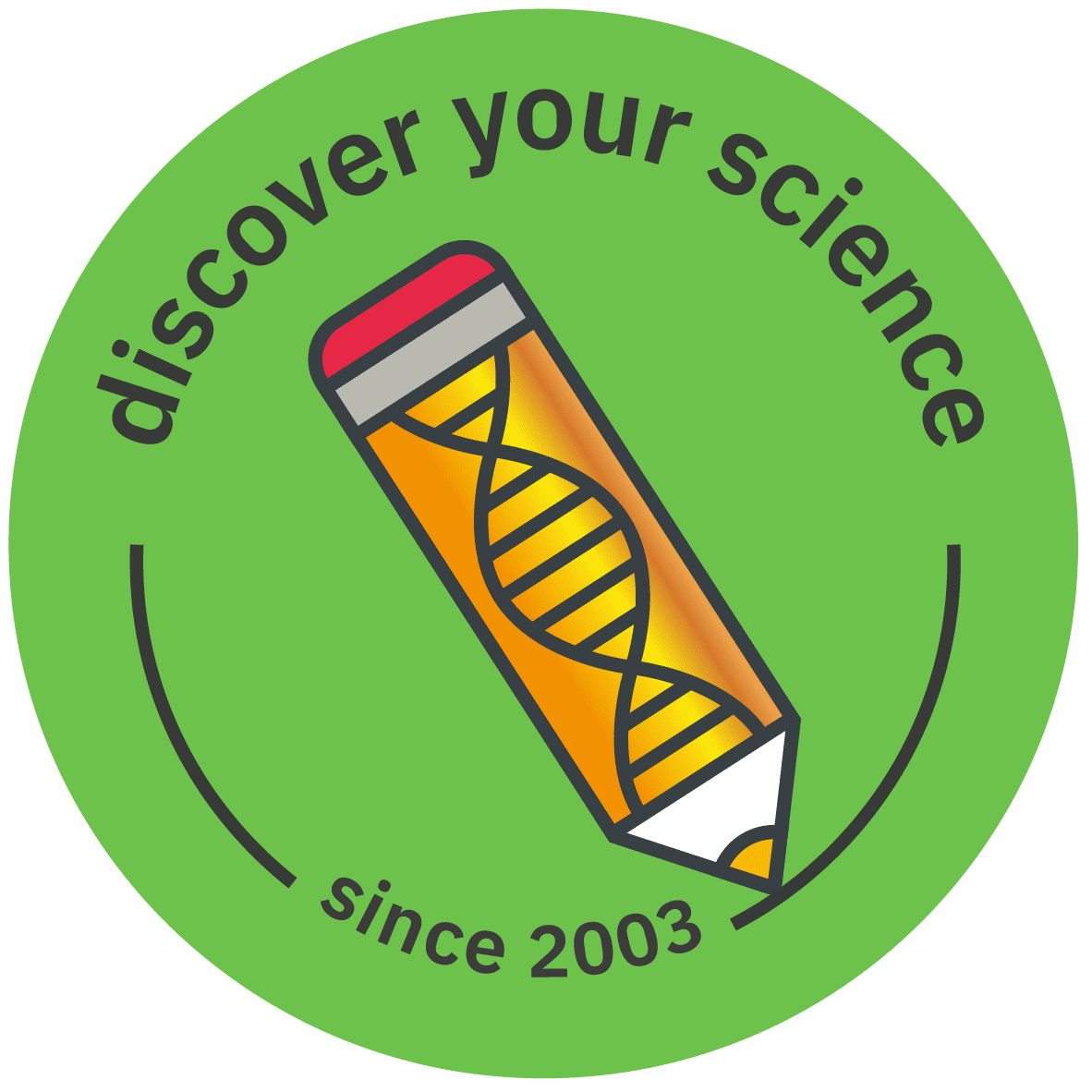
From DNA to therapy
Computer-based activity on genomics
Introduction
Genome sequencing is one of the most transformative areas of the life sciences today. It informs personalised medicine and treatment options for genetic conditions such as cystic fibrosis. In response to the growing need to educate students about DNA sequencing, its potential, and its impact, this resource uses interactive, computer-based activities to encourage hands-on learning, critical thinking, and curiosity about the real-world applications of genomics. The resource aims to bridge the gap between scientific research and classroom teaching, helping students to understand the impact of genomics on healthcare and the future of medicine.
Overview
This resource is designed for secondary school teachers working with students aged 16–19 and is suitable for both face-to-face and online learning. It consists of four main classroom activities and one optional out-of-class preparatory activity. The full set of activities can be completed in approximately two 45-minute lessons, depending on students’ prior knowledge and teaching approach.
The resource focuses on genome sequencing and its application to personalised medicine, using cystic fibrosis (CF) as a case study. Activities guide students through interpreting gel electrophoresis results, using BLAST and ClinVar to identify CFTR gene mutations, classifying these mutations, and selecting appropriate therapies based on mutation type.
Students need computers with internet access to use the BLAST and ClinVar tools. Background knowledge of DNA, genes, mutations, and protein function is recommended.
The resource includes a teacher’s guide, student worksheets, fact sheets, a glossary, an answer sheet, and video tutorials.
Curriculum links are provided for A-Level, IB Biology, and AP Biology.
Moreover, two SEPE videos offer additional context on genome complexity and variation analysis.
Resource package
Click on the button below to access the resource file in your chosen language.
We welcome your and your students’ feedback on the resource, so feel free to share it with us via email at emblog-ells@embl.org.
From DNA to therapy_ENGLISHFrom DNA to therapy_ITALIAN
From DNA to therapy_SERBIAN
From DNA to therapy_GREEK
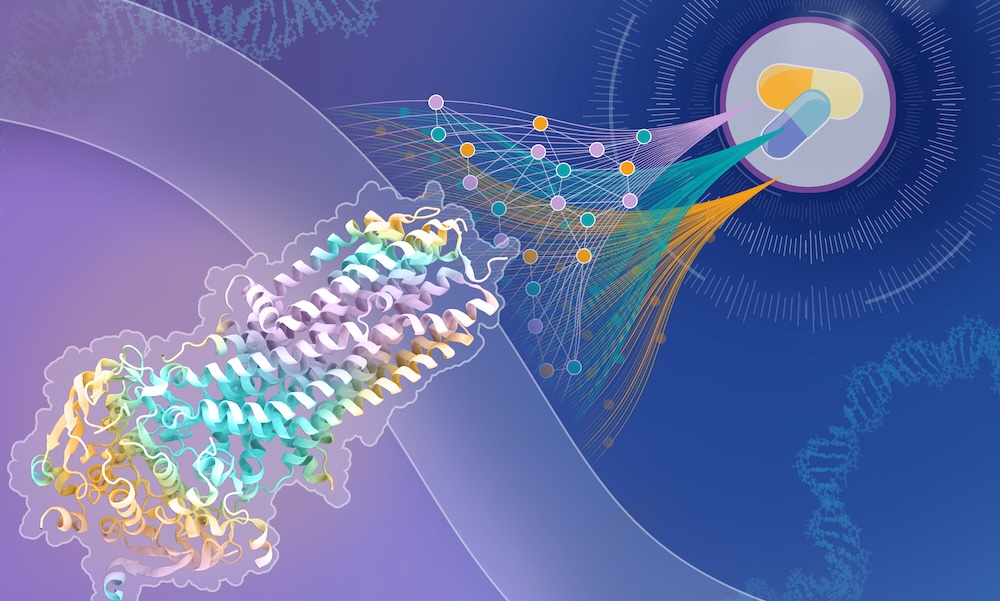
Topic area: Genome biology
Type of resource: Computer-based
Age group: 16-19
Contact: SEPE team
Author: Efraim Culfa, Teodora Dobreva, Katarzyna Kozlowska
Share:
